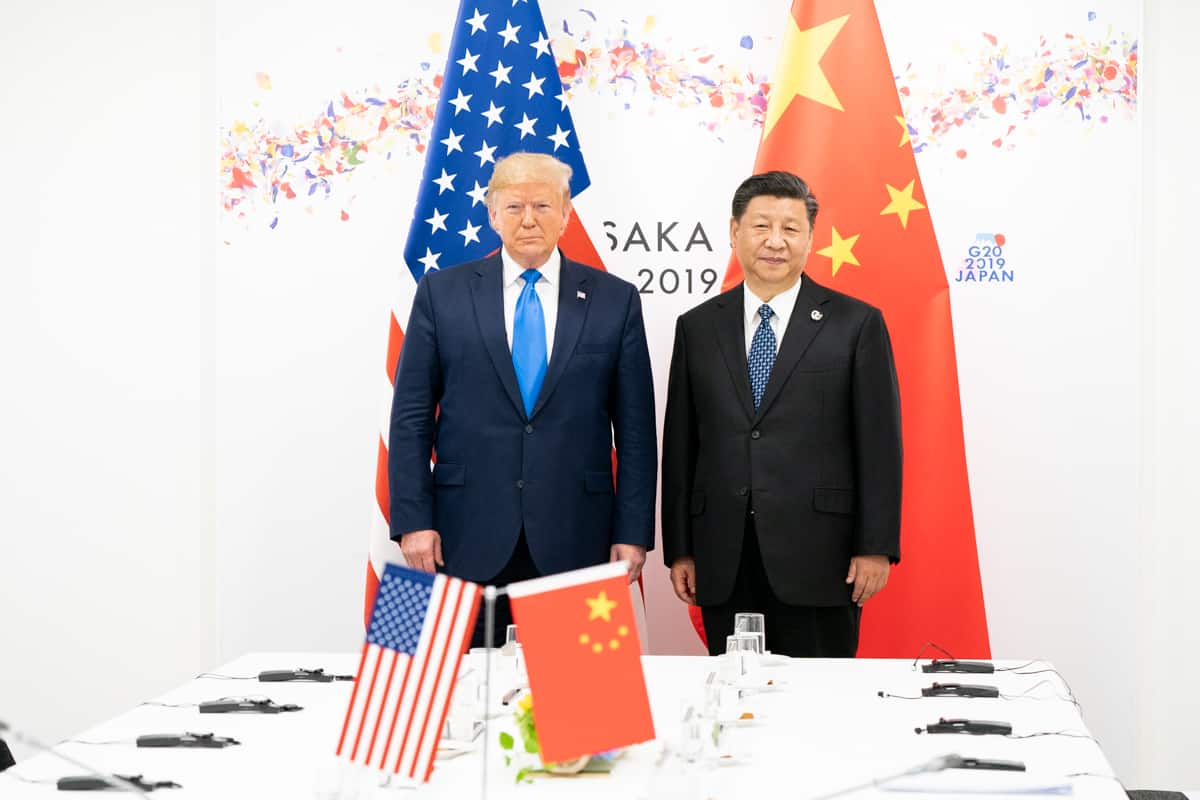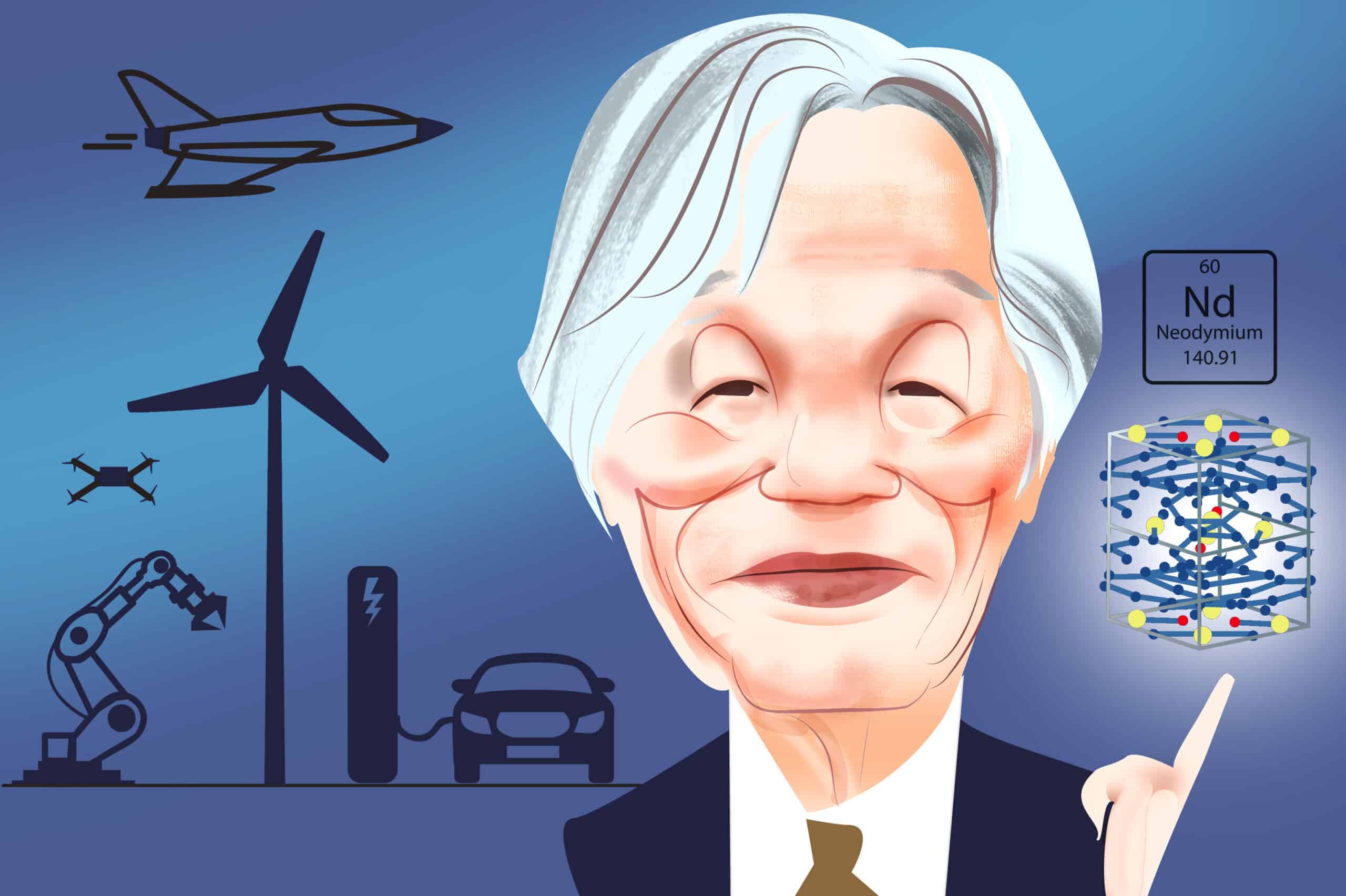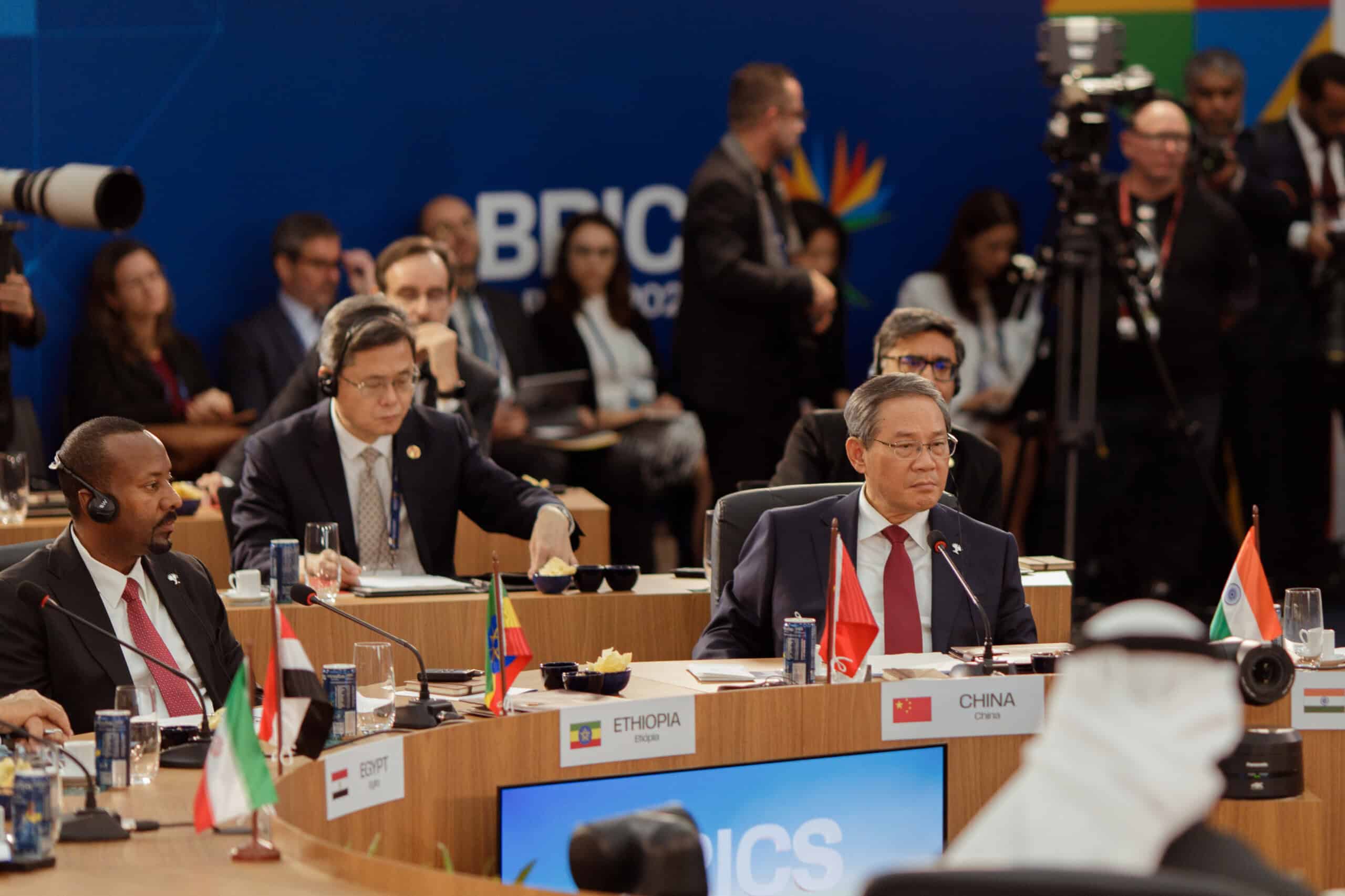
Good evening. In 2017, KKR, one of the world’s biggest financial services firms, invested in a digital marketing company in Shanghai. But three years later, KKR-backed Cue Group started rolling out facial recognition technologies and broadcasting its connections to China’s surveillance apparatus. What happened? Our cover story this week investigates and asks what it might mean for U.S. investments in China more broadly. Elsewhere, we have rare photos and amazing details about Richard Nixon’s visit to China 50 years ago; an interview with Jane Perlez on what Nixon got right; a reported piece on Canada’s decision to allow the Chinese acquisition of a lithium miner; and an op-ed from Chang-Tai Hsieh on why it’s time to bury the U.S.-China trade agreement. If you’re not already a paid subscriber to The Wire, please sign up here.
Want this emailed directly to your inbox? Sign up to receive our free newsletter.

The Surveillance Stake
For years, a Chinese company backed by American pension fund money and built by KKR, one of world’s premier private equity firms, publicly touted its ties to China’s surveillance apparatus. A new investigation by Katrina Northrop into Cue Group, one of KKR’s 16 portfolio companies in China, underscores what many in Washington are already asking: Is U.S. outbound investment in trouble?

The Big Picture: Nixon’s Visit, in Living Color
To mark the anniversary of Richard Nixon’s 1972 visit to China, The Wire is publishing rare photos shared by the Nixon Presidential Library, along with unique stories from some of the officials who were there, including Dwight Chapin, Winston Lord, and Chas Freeman.
A Q&A with Jane Perlez

Jane Perlez is a distinguished journalist and a longtime reporter and foreign correspondent for The New York Times. Last week, in conjunction with National Public Radio affiliate WBUR in Boston and the program “Here and Now,” she produced a five-part podcast series called “The Great Wager,” which traces American engagement with China from Nixon’s historic visit to China in February 1972 to the recent deterioration in relations between the two superpowers. In this week’s Q&A with David Barboza, she talks about what Nixon saw that no one else did, why Deng Xiaoping had a secret meeting with the CIA, and why the U.S. and China still don’t understand each other very well.
Jane Perlez
Illustration by Lauren Crow

Laissez-Faire Lithium
In Canada, a recent decision by the government to wave through the Chinese acquisition of a fast-growing lithium miner has some worried. As Eliot Chen reports this week, lithium is an increasingly important resource for low-carbon economies, and some lawmakers and experts think Canada’s decision is evidence of poor coordination with the United States.

Bury the U.S.-China Trade Agreement
China’s failure to purchase enough U.S. exports under the flawed “phase one” trade deal is cause for celebration, argues Chang-Tai Hsieh, a professor at the University of Chicago Booth School of Business, in this week’s op-ed. The only way the pact could have been fully implemented, he says, was if China used the same opaque, non-market tools that have long bedeviled American firms trying to do business there.
Subscribe today for unlimited access, starting at only $19 a month.



